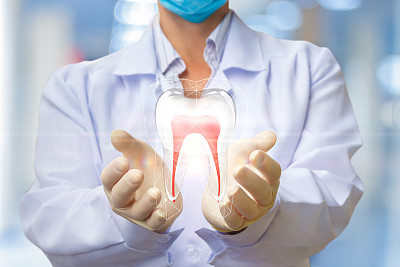The Essential Guide to Extracting a Tooth Safely and Effectively for Dental Health Improvement
Summary: Extracting a tooth can be a daunting process, but understanding the essential guidelines can alleviate fears and ensure dental health improvement. This article offers a comprehensive overview of safe and effective tooth extraction practices. It covers essential preparatory steps, anesthesia options, post-extraction care, and the importance of professional assistance. By following these guidelines, individuals can undergo the procedure with confidence, minimizing risks and enhancing recovery. Understanding when a tooth extraction is necessary and how to manage the process safely can lead to better oral health outcomes and a more positive experience.
1. Preparing for Tooth Extraction Properly

Preparation is key for a successful tooth extraction. The first step involves a thorough dental examination by a qualified dentist. This examination helps assess the condition of the tooth, surrounding tissues, and overall oral health. Imaging, such as X-rays, may be utilized to provide a clearer picture of complications that might arise during extraction.
Next, it is crucial to discuss your medical history with your dentist. Informing them about any existing medical conditions, medications, or allergies helps in determining the best approach for the extraction process. This open communication can also prevent potential risks and complications during and after the procedure.
Lastly, preparing yourself mentally is as essential as physical preparation. Understanding what to expect can help reduce anxiety. Additionally, preparing any necessary materials for post-operation care, such as ice packs and soft foods, can facilitate smoother recovery post-extraction.
2. Choosing the Right Anesthesia for Comfort
When it comes to tooth extraction, the choice of anesthesia plays a crucial role in patient comfort. Dentists typically offer local anesthesia to numb the area around the tooth, which allows for a pain-free experience during the procedure. This is commonly utilized for straightforward extractions.
For more complex extractions or for patients with dental anxiety, sedation options are available. Sedation can range from minimal to deep sedation, depending on the patients needs and the complexity of the procedure. It is important to discuss these options with your dentist to tailor the level of sedation that ensures comfort without compromising safety.
Understanding the type of anesthesia being used can also ease any concerns about the procedure. The benefits and potential side effects should be clearly explained by the dental professional, ensuring that the patient feels secure about their choice.
3. Post-Extraction Care and Recovery Tips
Effective post-extraction care is vital for promoting healing and minimizing discomfort. Immediately following the procedure, patients are encouraged to bite down on gauze to control bleeding and assist in the formation of a blood clot. It is important not to spit or rinse forcefully in the first 24 hours to avoid dislodging the clot.
After the bleeding has stopped, applying ice packs to the outside of the cheek can help reduce swelling. The ice should be applied in intervals of 15-20 minutes to maximize benefits. It is also advisable to consume soft foods and stay hydrated, avoiding hard, crunchy, or spicy foods that can aggravate the extraction site.
Pain management is crucial in the recovery process. Over-the-counter pain medications, prescribed by your dentist, can help alleviate discomfort. However, any unusual pain or adverse symptoms should prompt immediate consultation with the dentist for follow-up care.
4. Importance of Professional Assistance in Extractions
Always seek professional assistance for tooth extractions. While some may consider attempting to extract a tooth at home, this poses significant risks, including infection, excessive bleeding, and damage to surrounding teeth and tissues. Dentists possess the training and tools necessary for a safe extraction, ensuring that complications are managed effectively.
Additionally, professional services provide the opportunity for immediate attention to any postoperative issues that may arise. Dentists are equipped to diagnose problems such as dry socket or infection, which can occur after extraction. Early intervention can significantly enhance the recovery process.
Furthermore, seeking professional help ensures that a proper follow-up examination occurs. This follow-up is crucial for assessing healing and addressing any lingering concerns. It establishes a continuous line of communication between patient and dentist, enhancing overall dental health.
Summary:
In conclusion, understanding the essential guidelines for tooth extraction can significantly improve the overall experience and outcome. Preparation, appropriate anesthesia choice, effective post-extraction care, and seeking professional assistance are critical components of a safe tooth extraction process. By following these steps, individuals can ensure a smoother recovery and promote better dental health.
This article is compiled by Vickong Dental and the content is for reference only.



